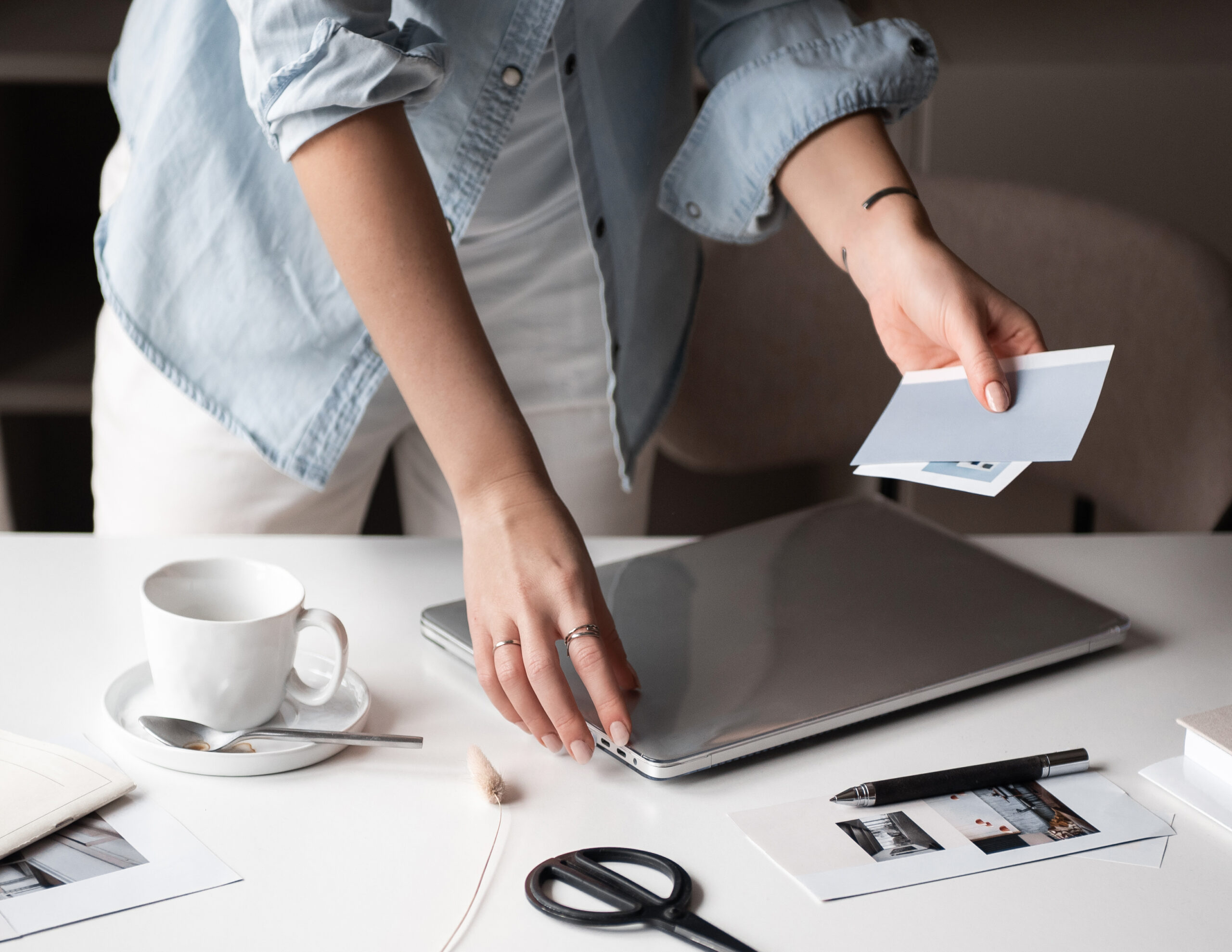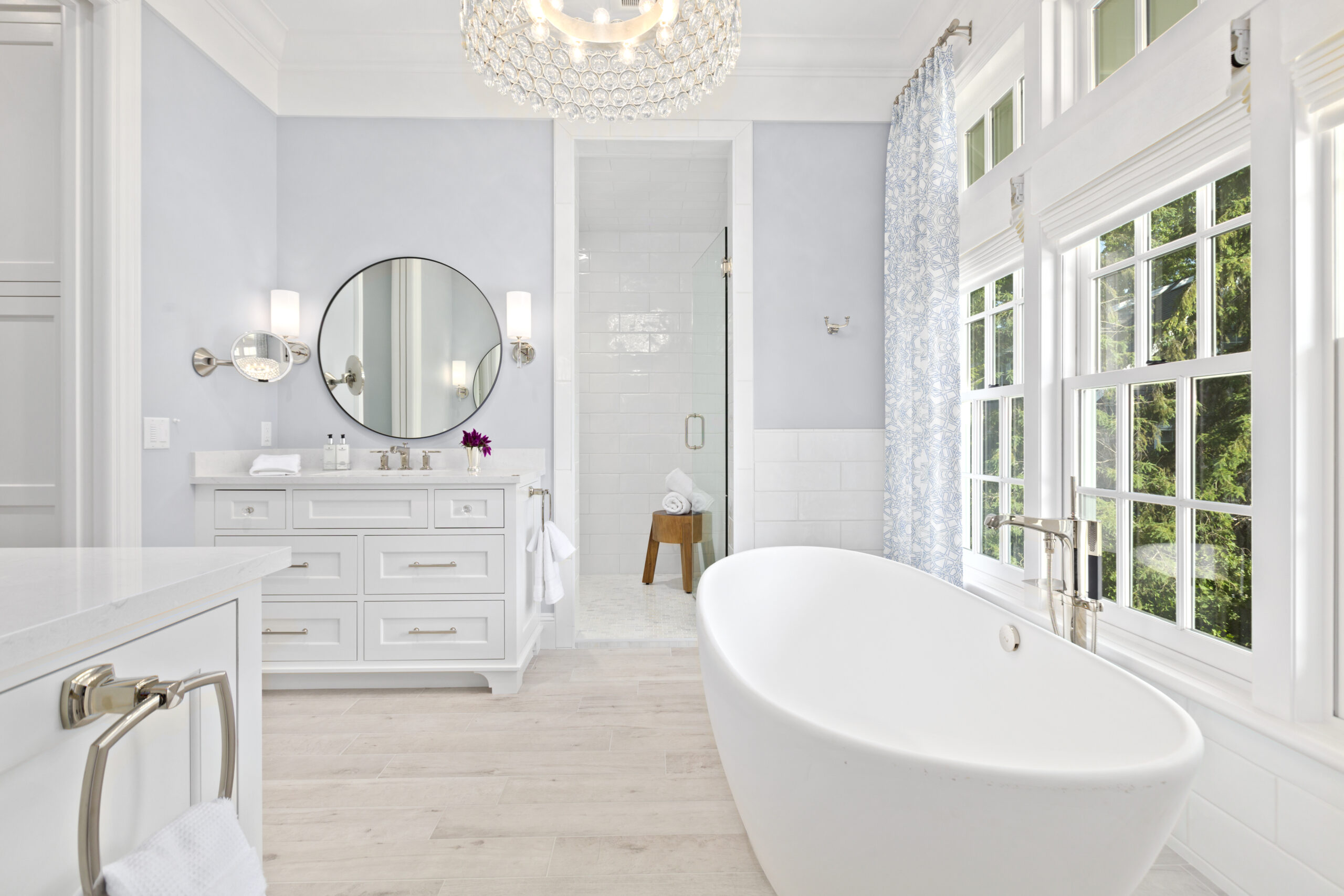As a decorator and certified True Colour Expert, I’ve come to realize that mood boards are invaluable tools in the decorating process. They have become an integral part of how I make confident and intentional decorating decisions. Whether I’m working on a client’s home or updating my own, I rarely make a move without first creating a mood board in Canva or Pinterest.
Let me take you through a recent project where mood boards helped me transform our uninspired bathroom into a charming and cohesive space.
My Personal Experience: Updating Our Bathroom
Our bathroom had been feeling a bit uninspired, and I wanted to add some charm and interest. Given its small size, it was even more crucial that all the finishes complemented one another.

So to begin, I turned to Pinterest and searched for “tranquil bathrooms,” “small bathrooms,” “decorating ideas for bathrooms,” and “coastal bathrooms.”
This time spent on Pinterest helped me to start visualizing what I wanted to create in our space. I noticed common themes in the bathrooms I was pinning, such as colour schemes and decorating touches, which started to form a vision for my own project.

Next, I created a new mood board in Canva. I prefer using the Pinterest Pin layout for these mood boards, but some people prefer a landscape layout. I began by adding the fixed elements already in the bathroom.

For instance, our existing white vanity was crucial, so I took a screenshot from Home Hardware and added it to my mood board. Canva’s photo editor, which removes backgrounds effortlessly, is a lifesaver! Alongside the vanity, I included an image of our existing grey 12×24 floor tile and a paint dollop of the current wall colour, though I was open to repainting.
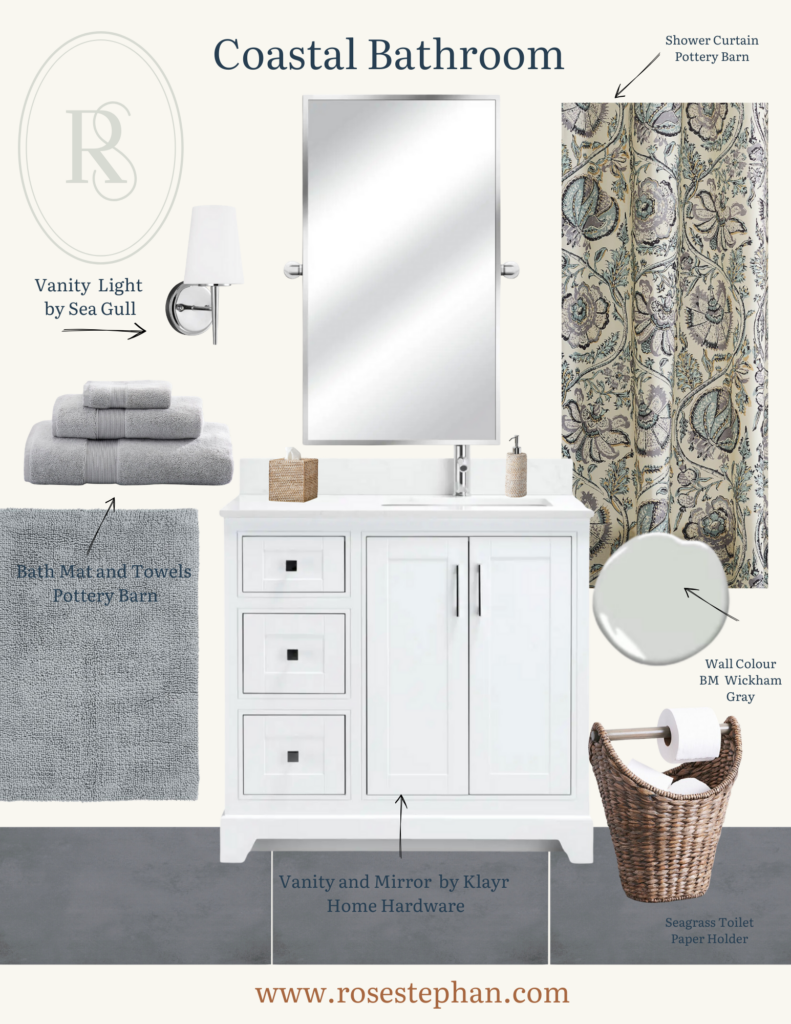
Finding Inspiration and Making Decisions
To further refine my vision, I visited Pottery Barn, a great source of inspiration for beautiful patterns like shower curtains, area rugs, and pillows.
Patterns are one of the easiest and most effective ways to add personality to a space. They also provide an excellent starting point for choosing a new paint color. Sure enough, I found a shower curtain with colours and prints I adored and added it to my mood board. Seeing it interact with the tile and vanity confirmed it looked great.

I continued by looking for bath mats and towels, adding several options to the mood board. I placed them next to the shower curtain, tile, and vanity until I found a charcoal cloud grey bath mat that complemented the tones in the shower curtain perfectly. I also tried a lighter blue, but it didn’t interact well with the shower curtain and was too stark against the tile. Without the mood board, I might have chosen the blue, only to regret it later. This exercise made me more confident and intentional about my purchasing decisions.
The mood board process also had me take inventory of our current space, paying attention to the fixed elements and whether the new decor would complement their undertones. It became my guide, providing a clear process to follow. Without it, I would likely have ordered items that were not the right choice. Seeing everything side by side on the mood board gave me certainty and focus, ultimately saving me time and money.
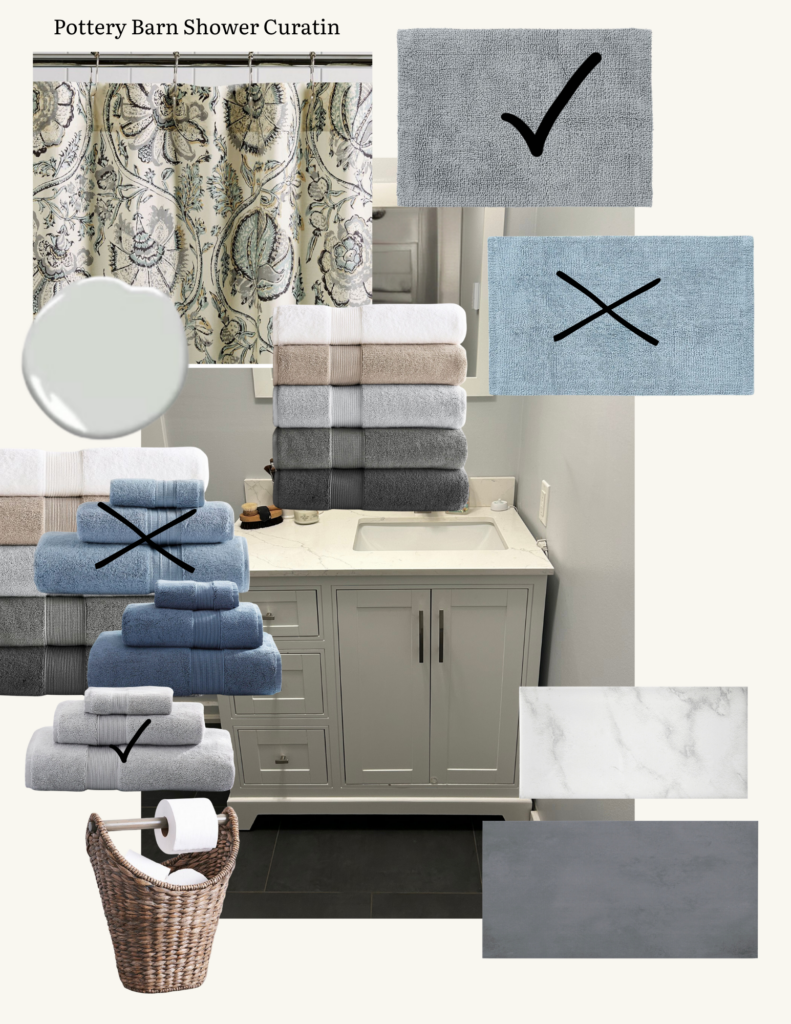
Mindful Decorating
As a personal development enthusiast, I see a clear overlap between making confident, intentional decorating decisions and mindset concepts. Mood boards are not just about visualizing a space; they’re about creating a plan and setting a vision, much like in personal development. By using these tools, you can approach decorating with confidence and intention, transforming your home and, in turn, your mindset.
In today’s world, where so much shopping is done online and we can’t see items in person, being strategic and thoughtful in our approach is essential. Mood boards help us make smarter, more informed decisions, ensuring that our purchases contribute to a cohesive and harmonious space.
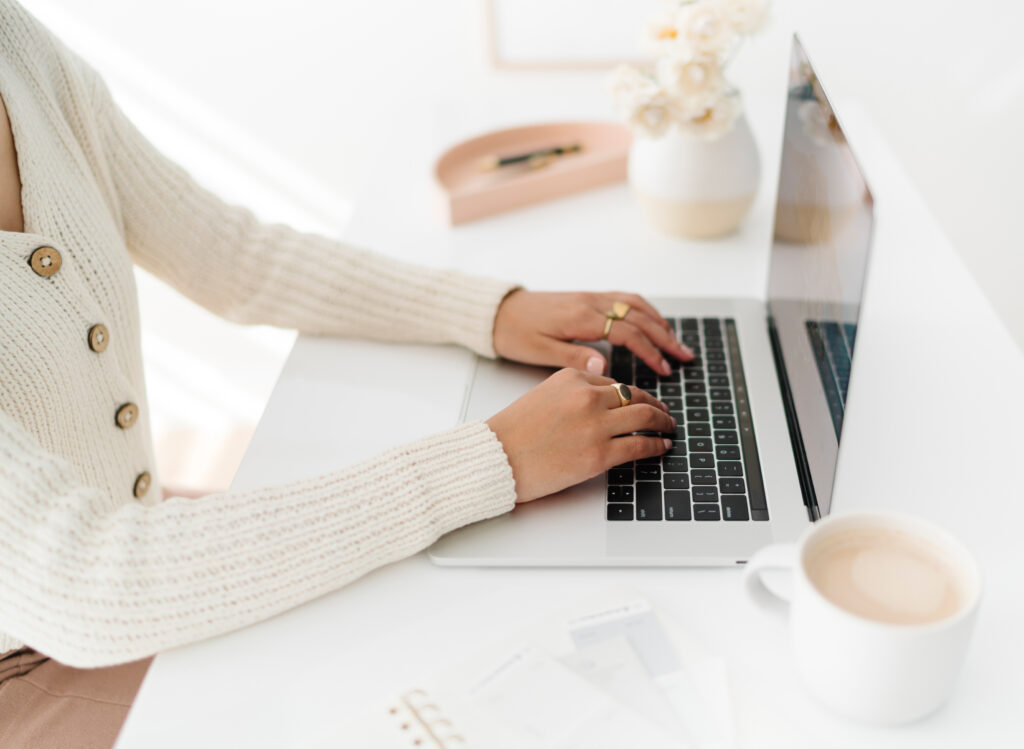
“When your intention is clear, so is the way.” – Alan Cohen
As a decorator and colour consultant, I know firsthand the value of a mood board, and I encourage you to become familiar with them and platforms like Pinterest and Canva. By doing so, you can make confident, intentional decorating decisions for your home too.
If you like this concept of empowered decorating, be sure to check out my free resource for more insights.
And I would love it if you would join me on Instagram and Pinterest for daily inspiration, and subscribe to my newsletter for exclusive tips. Together, we can make every decorating choice meaningful and intentional.
Stay inspired!
